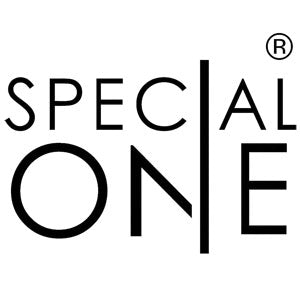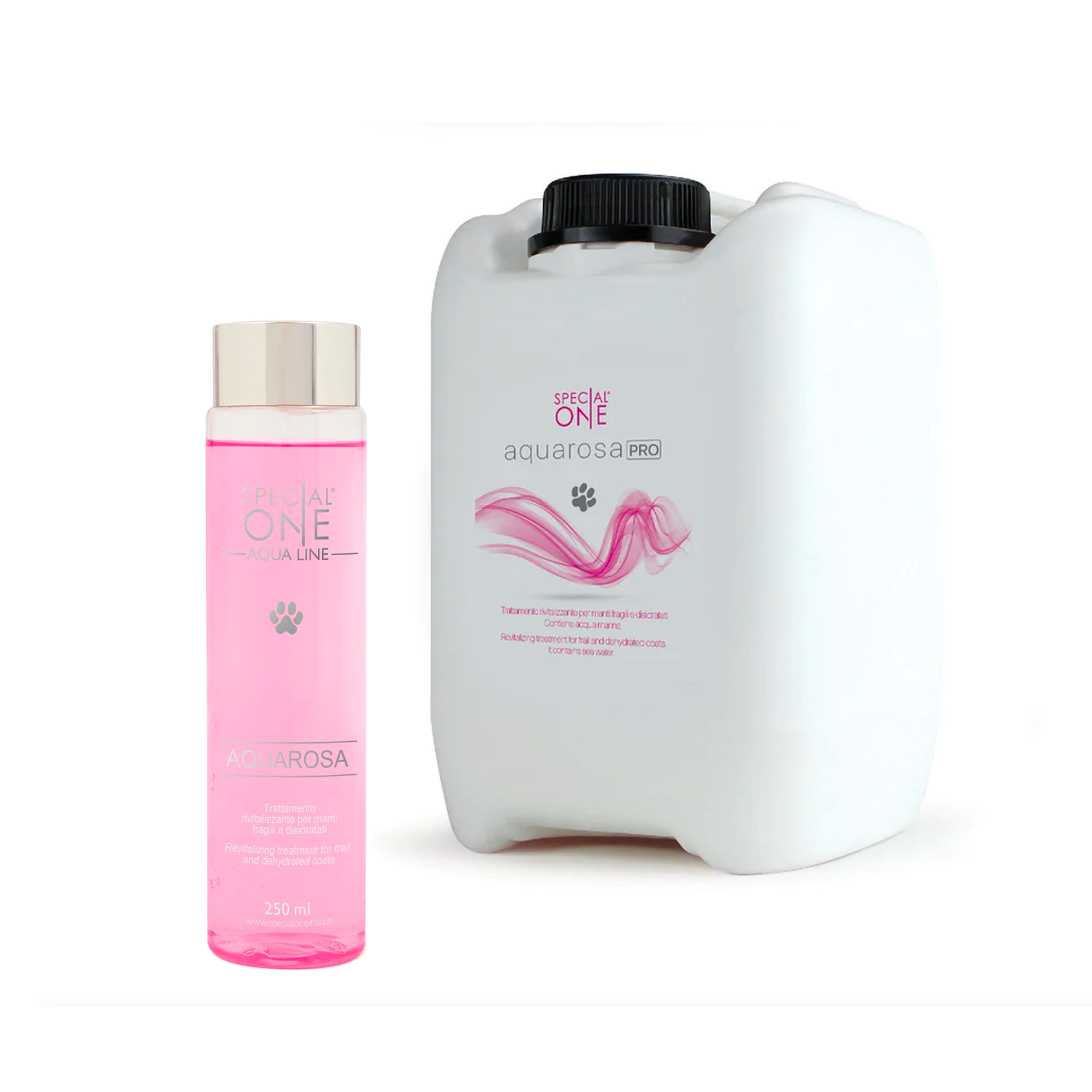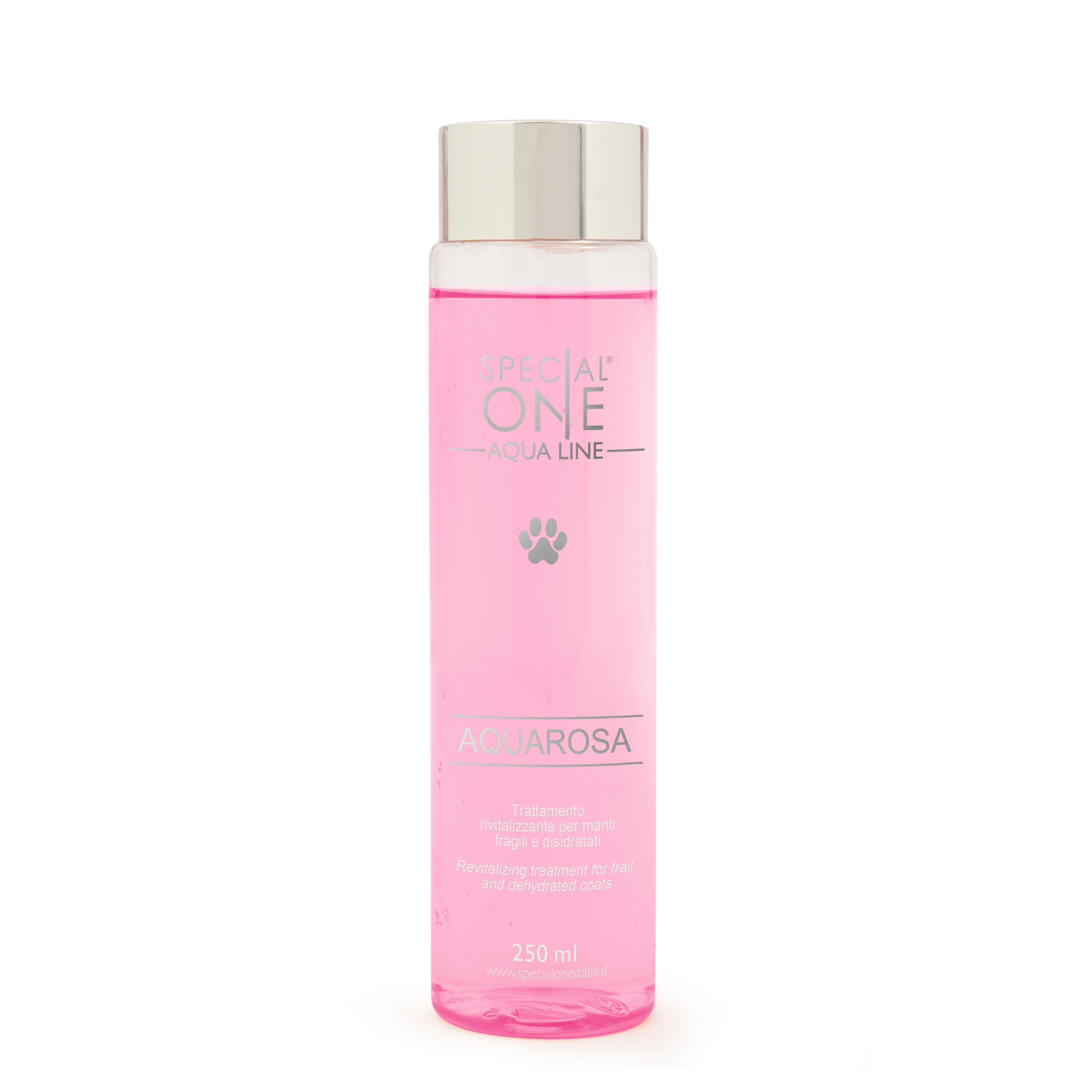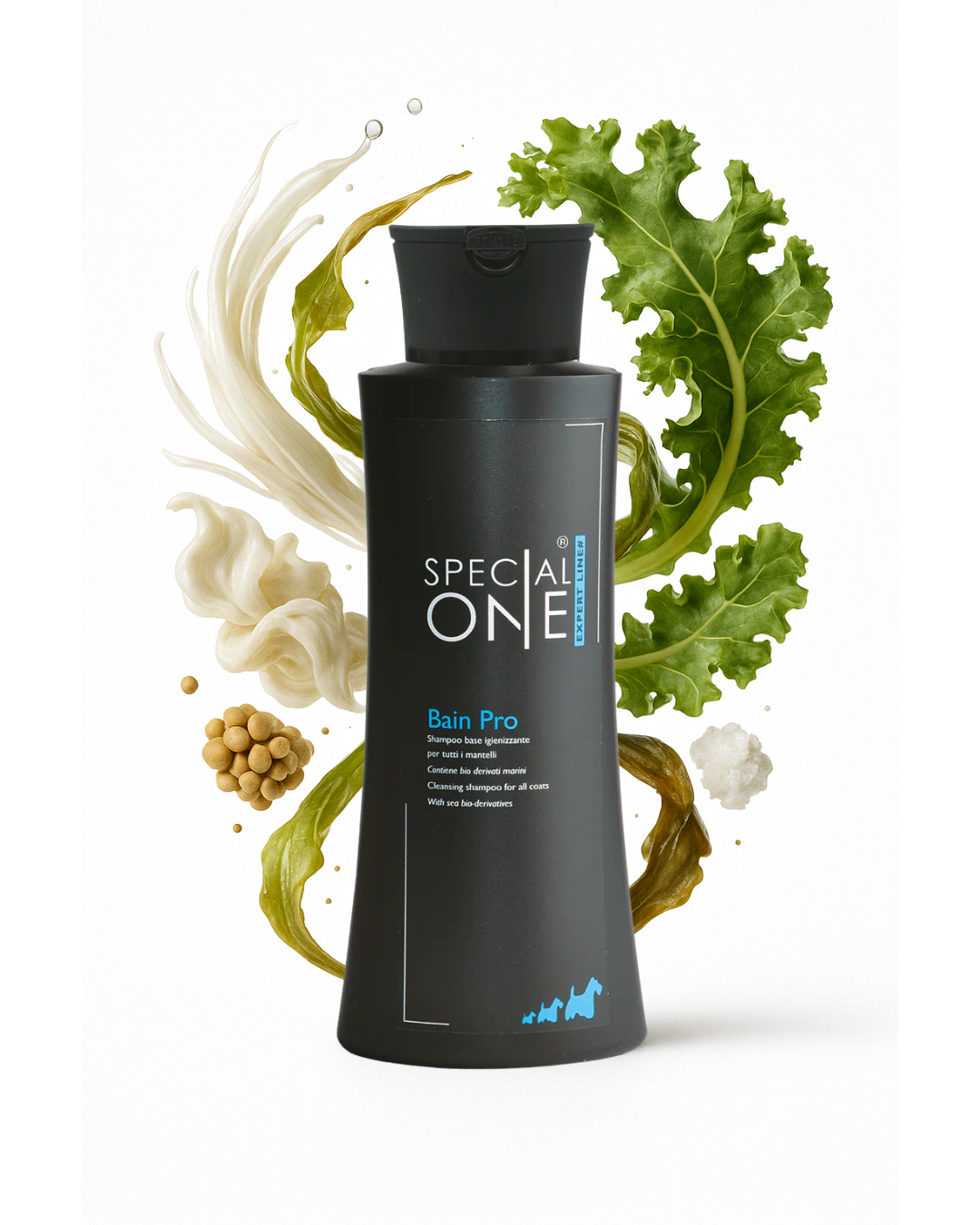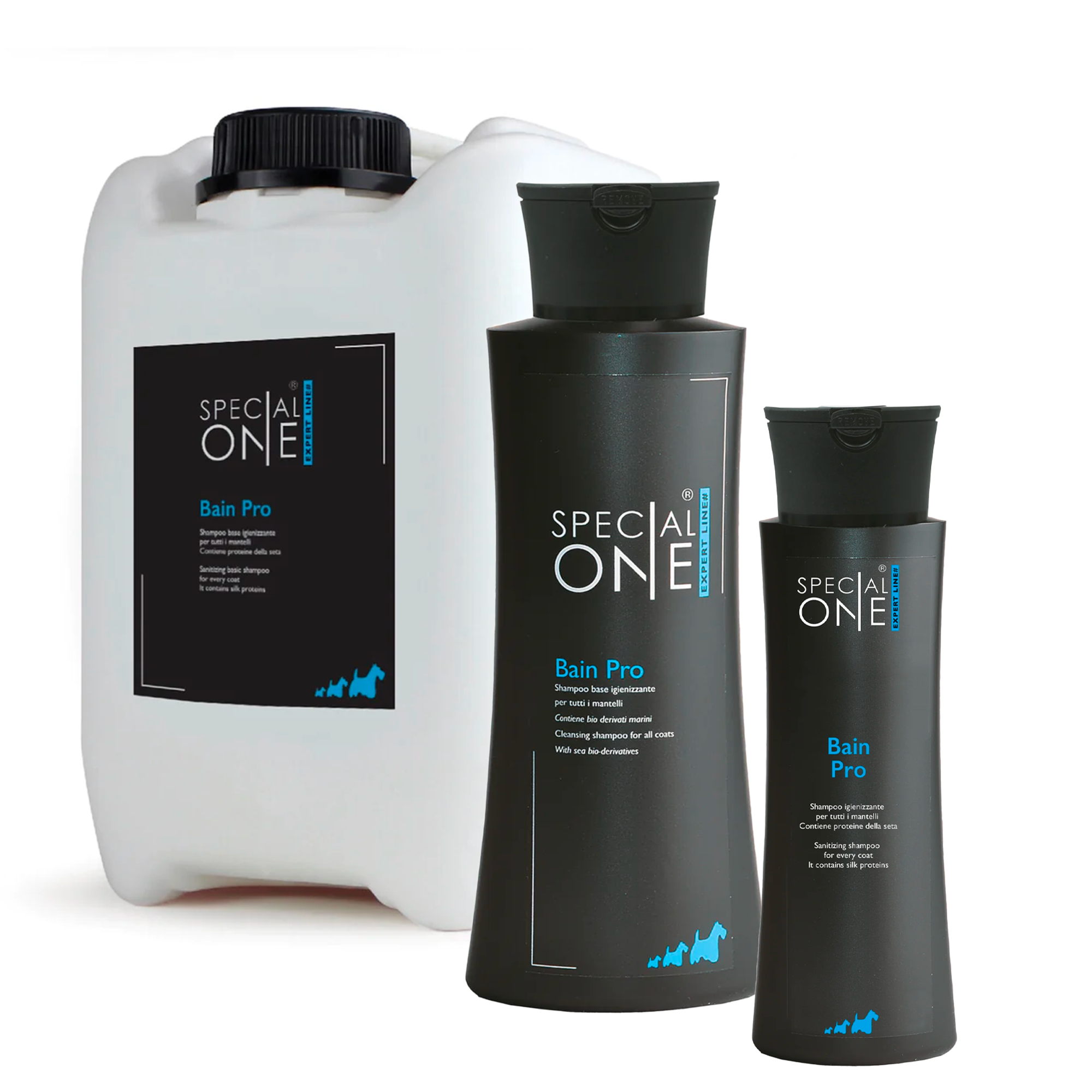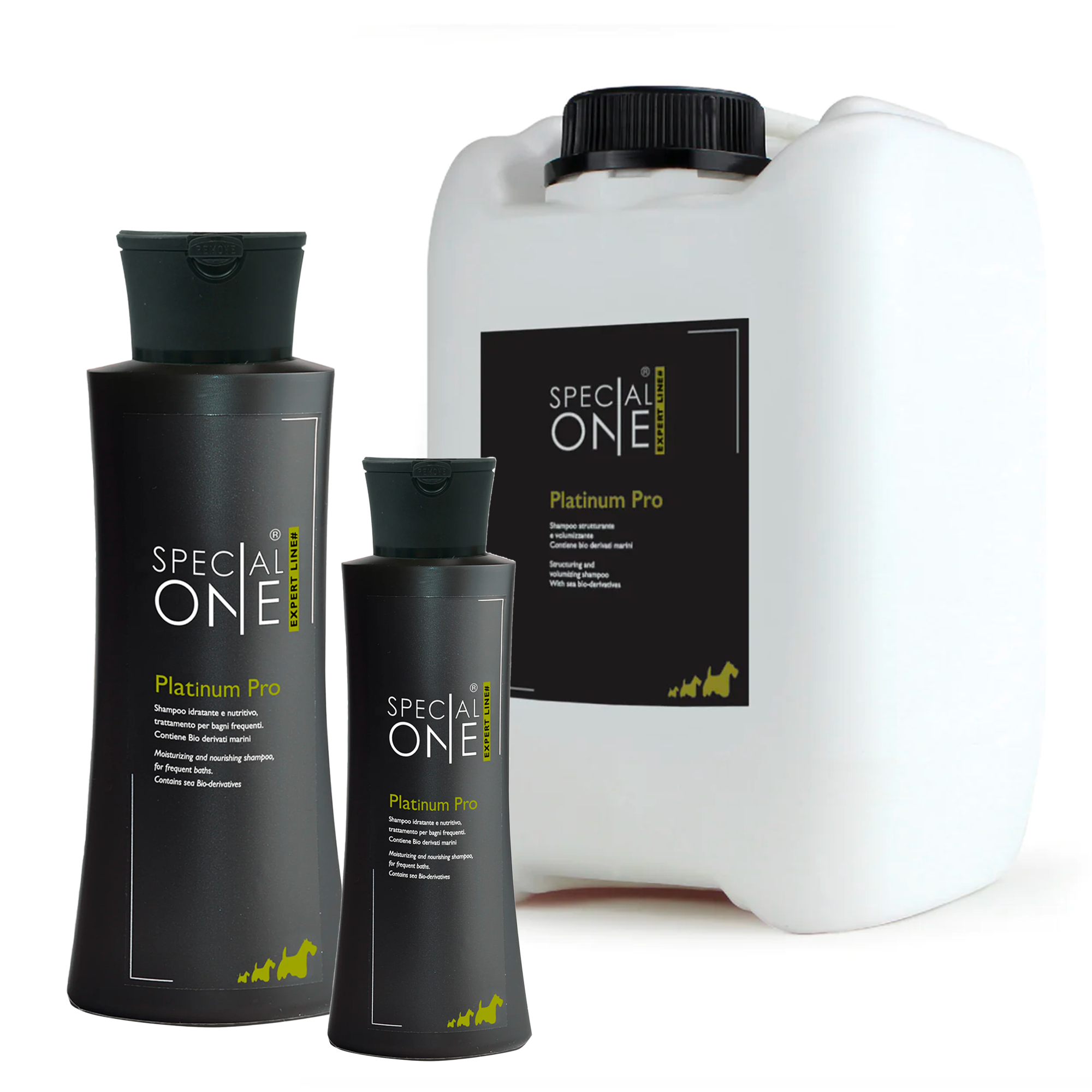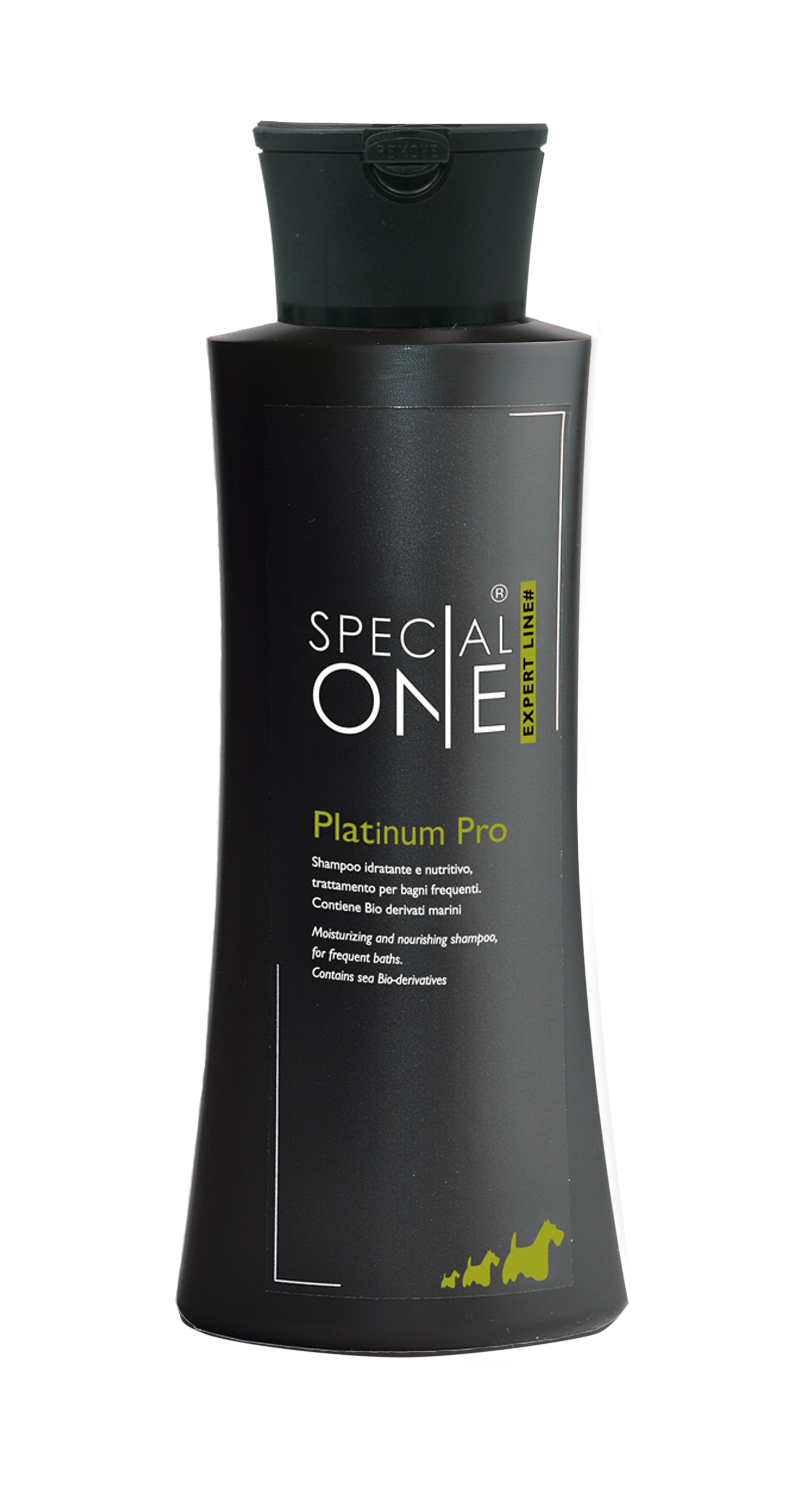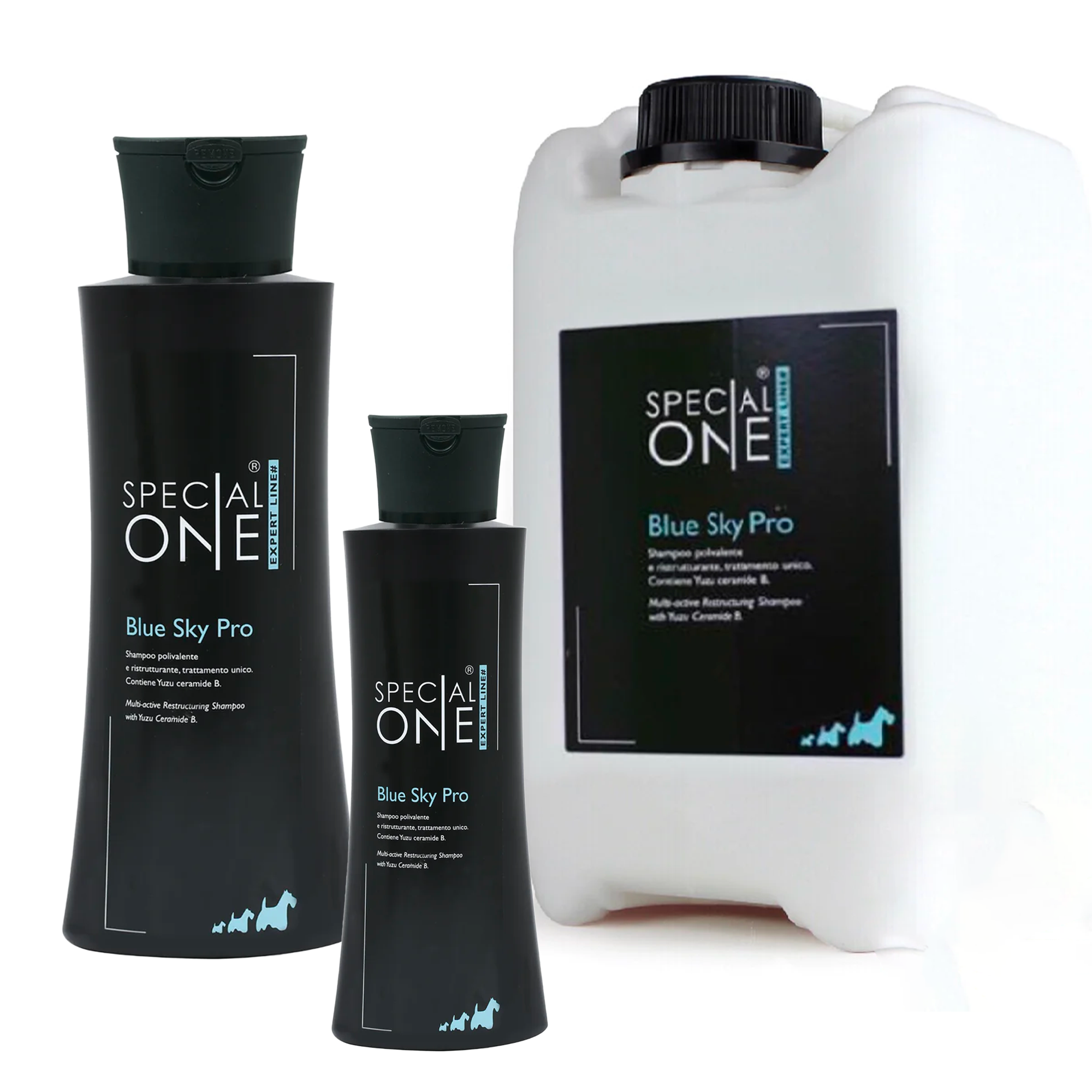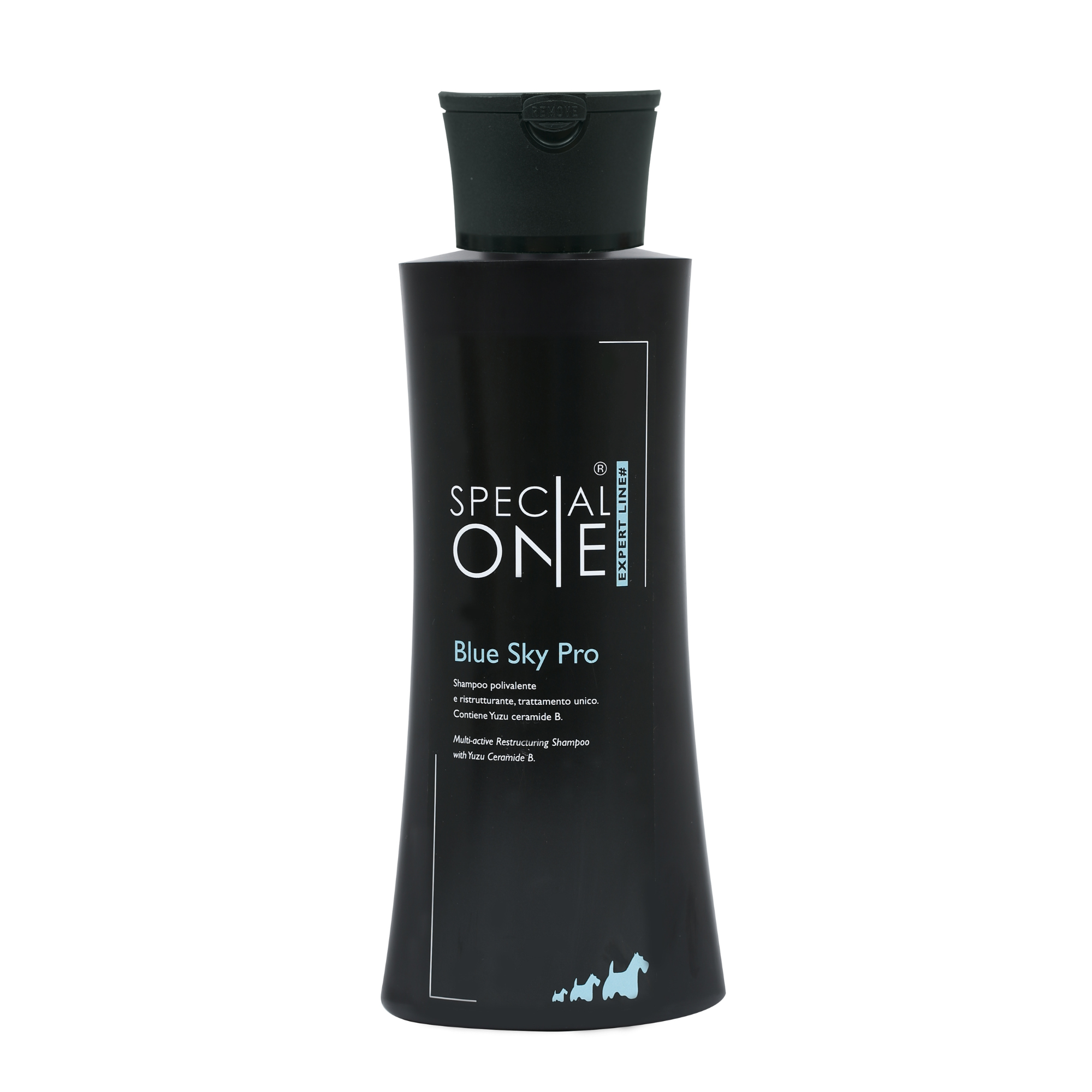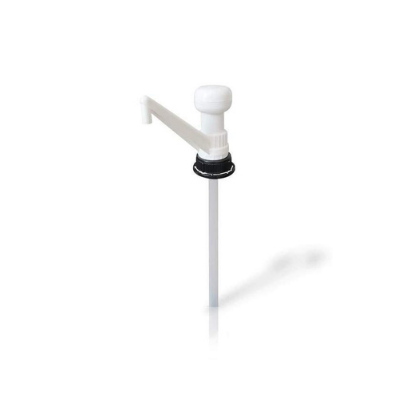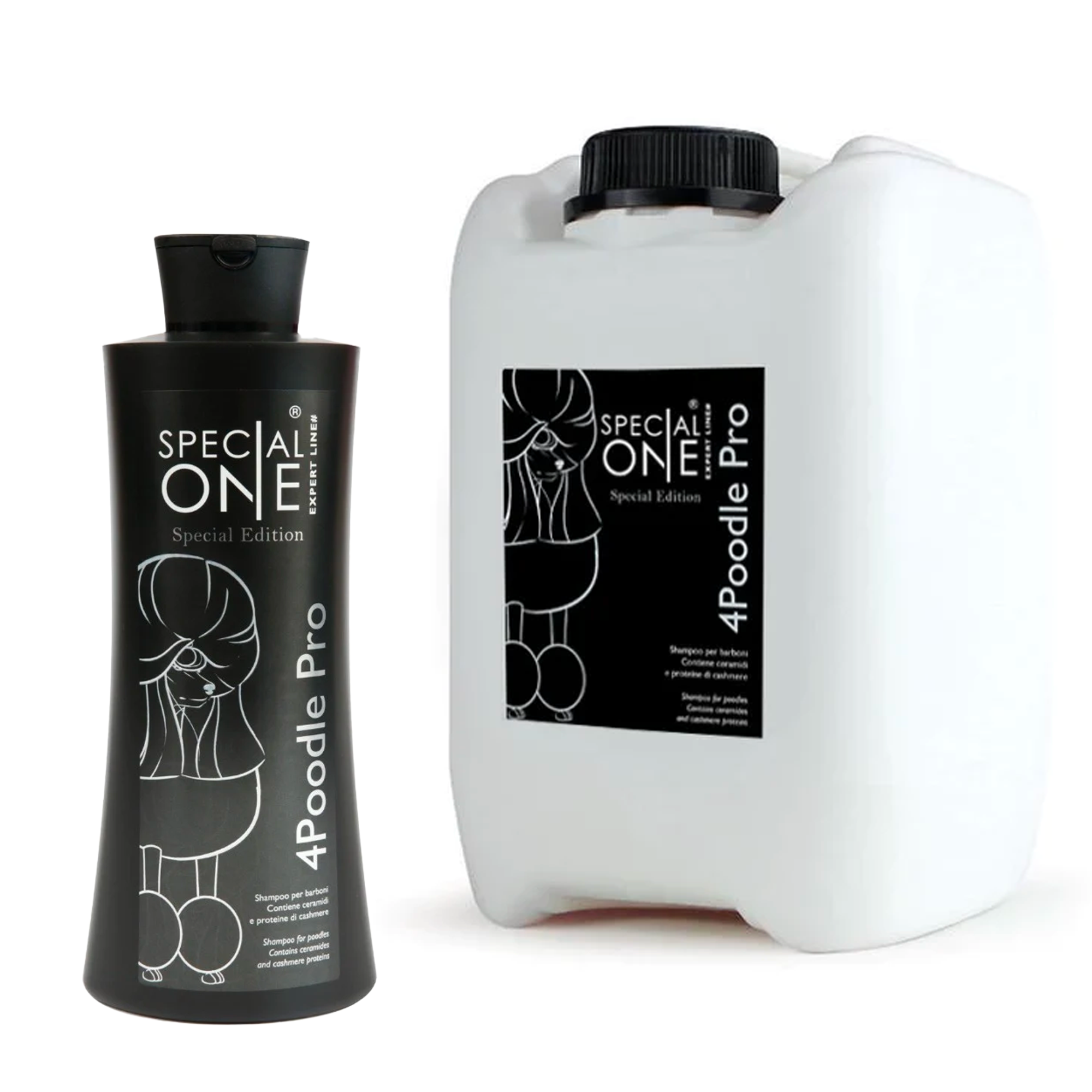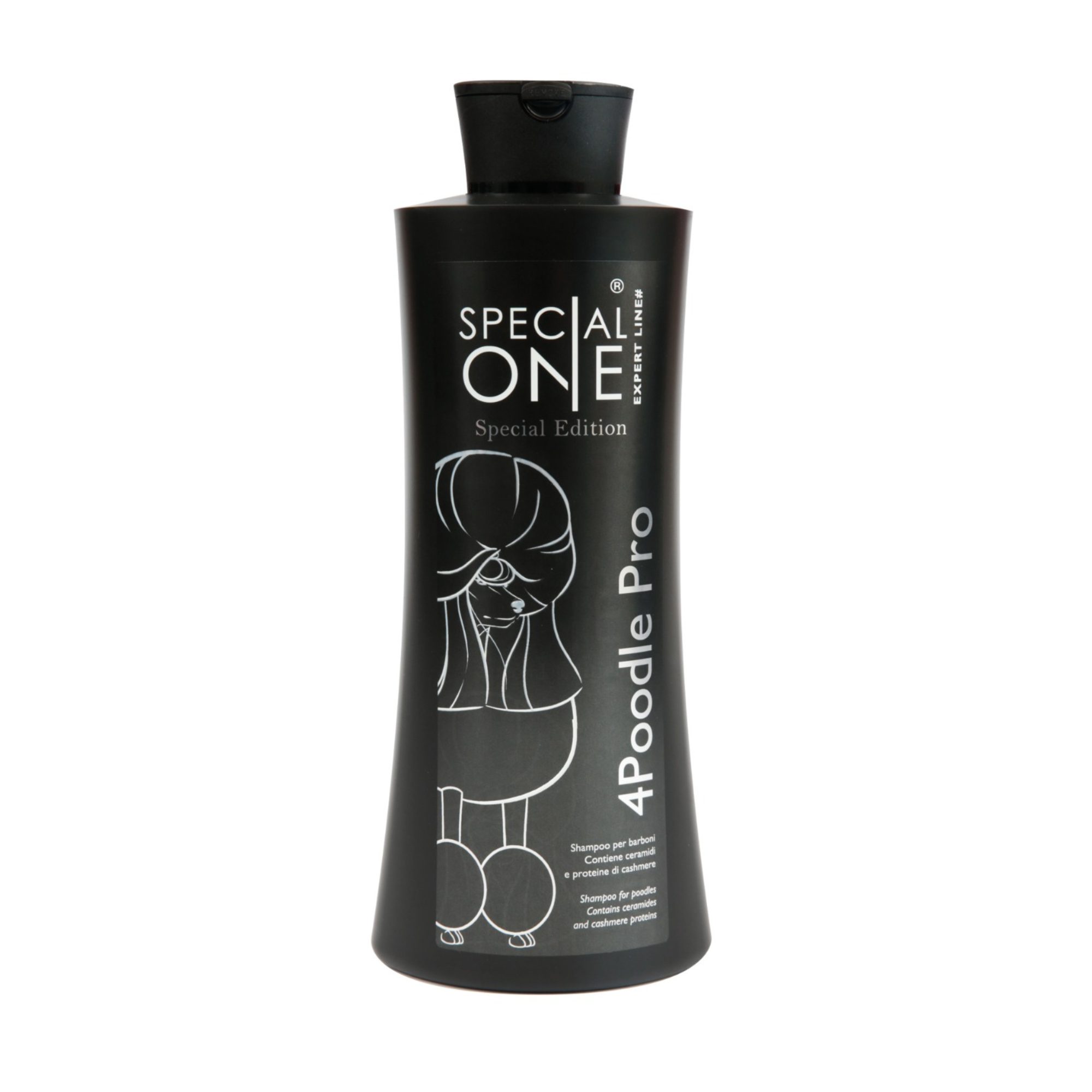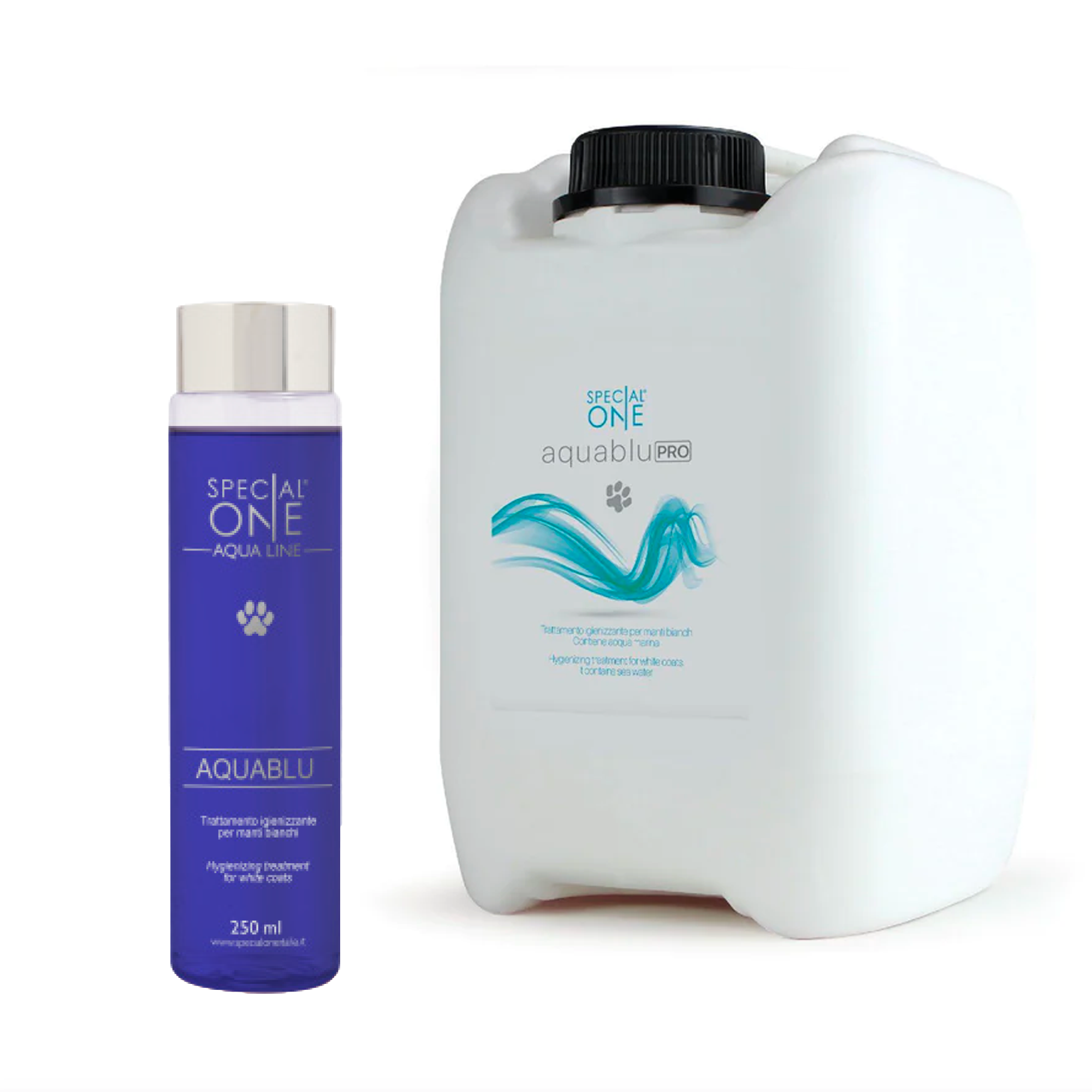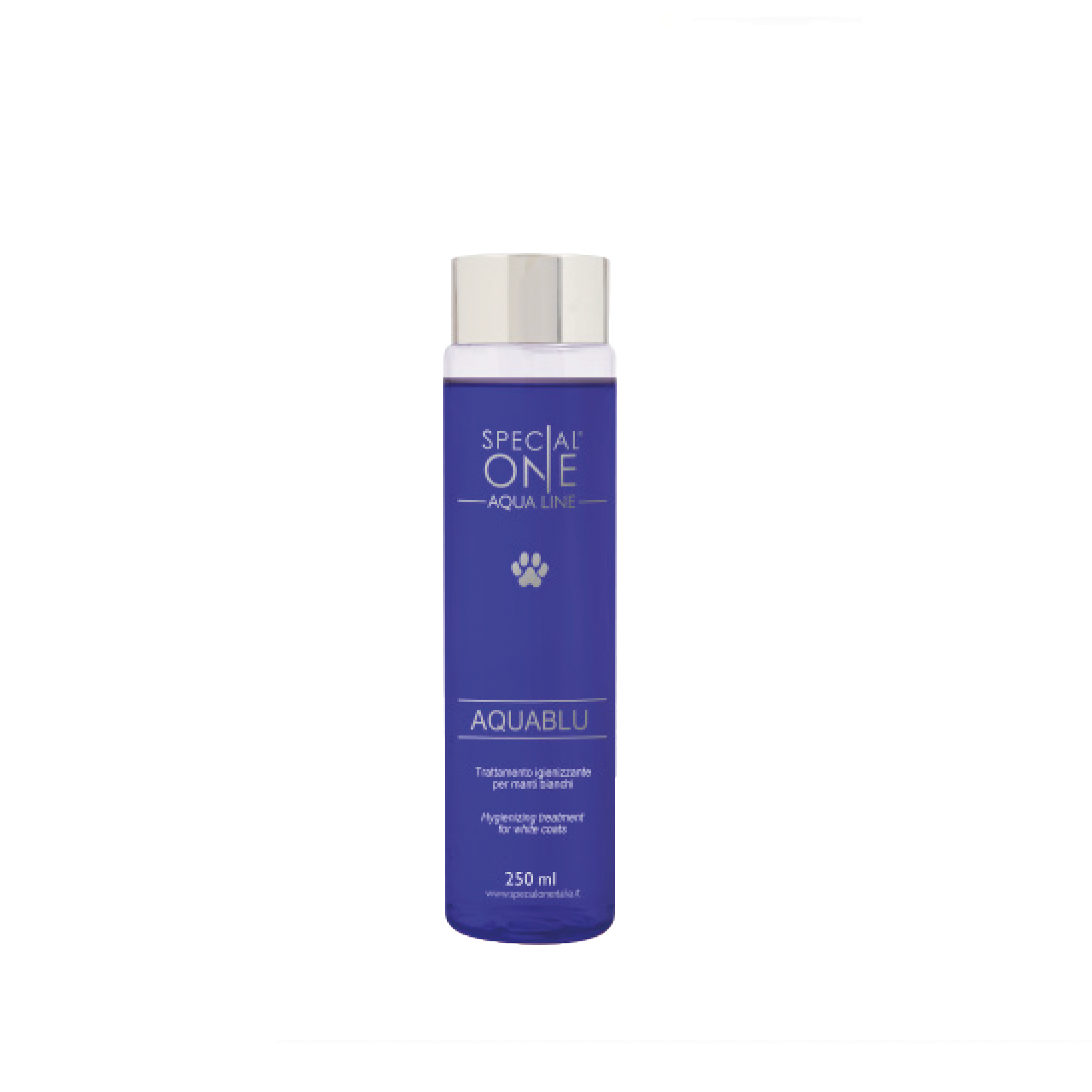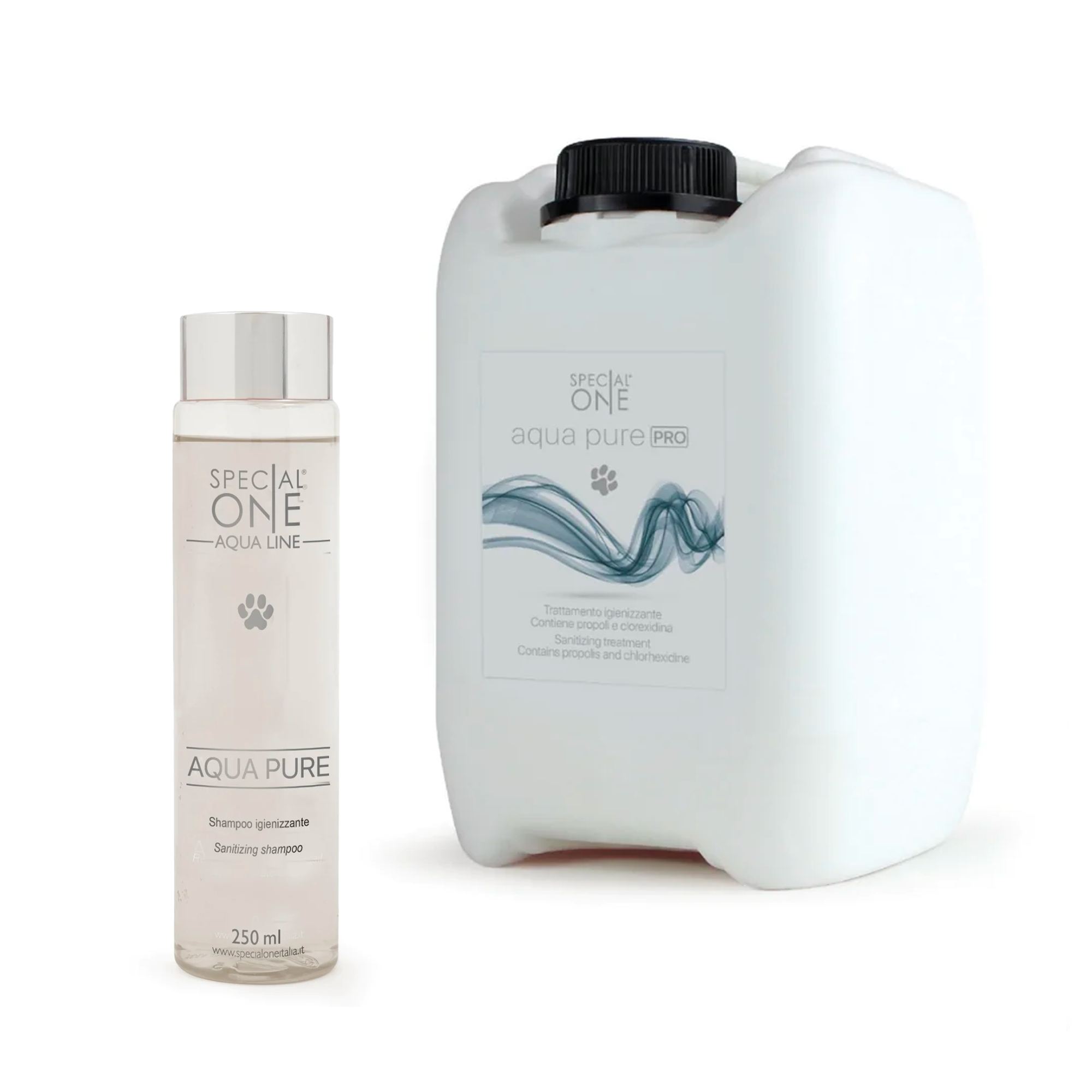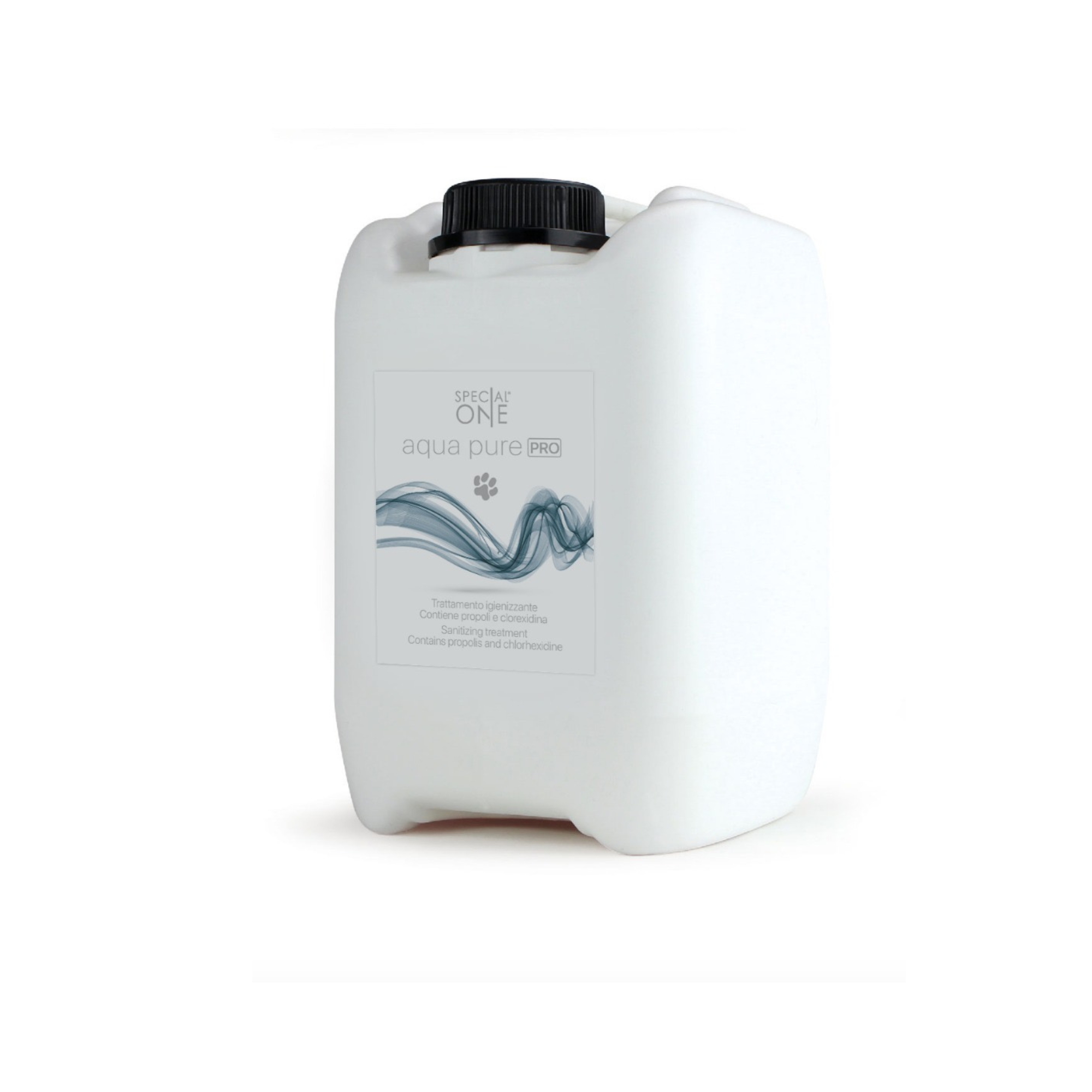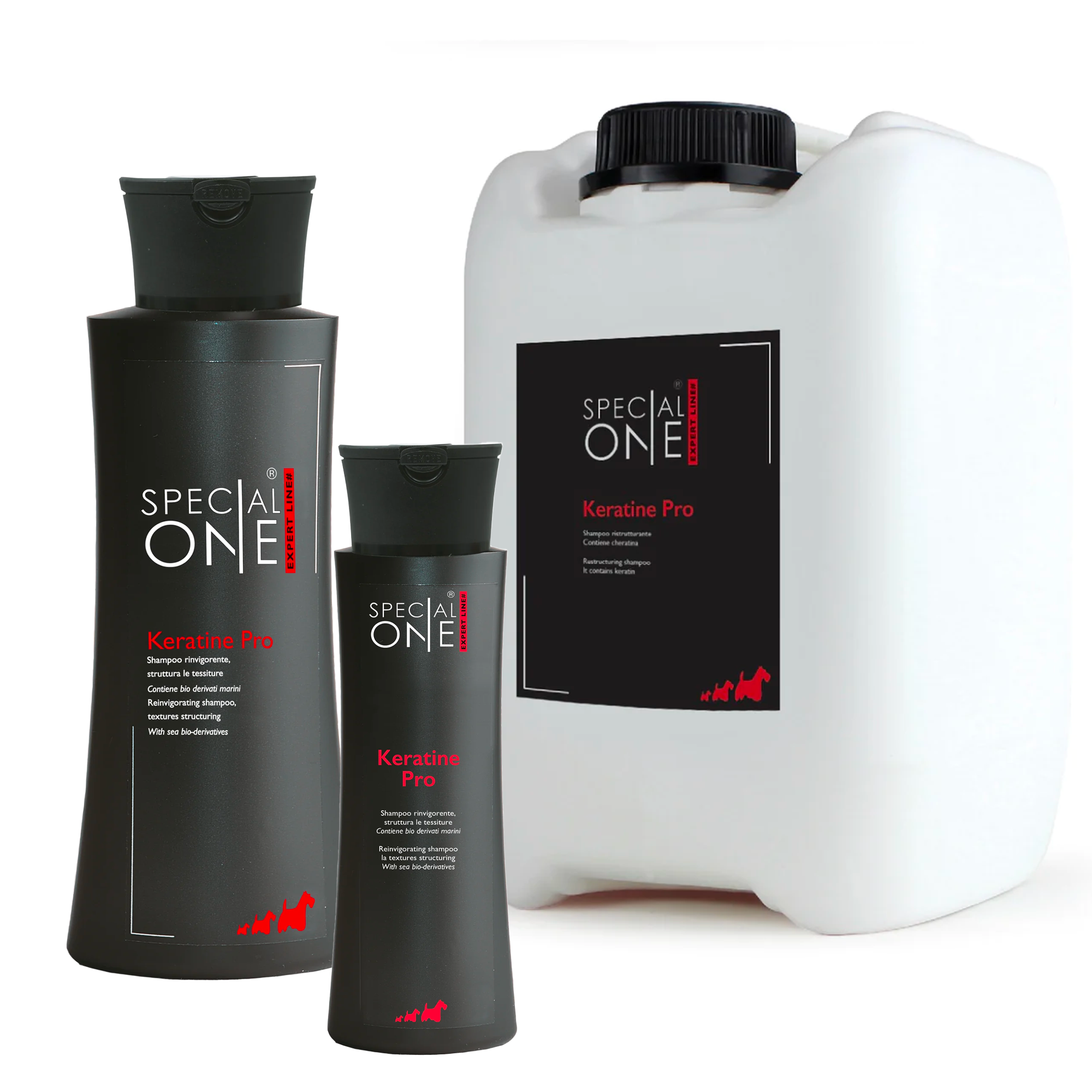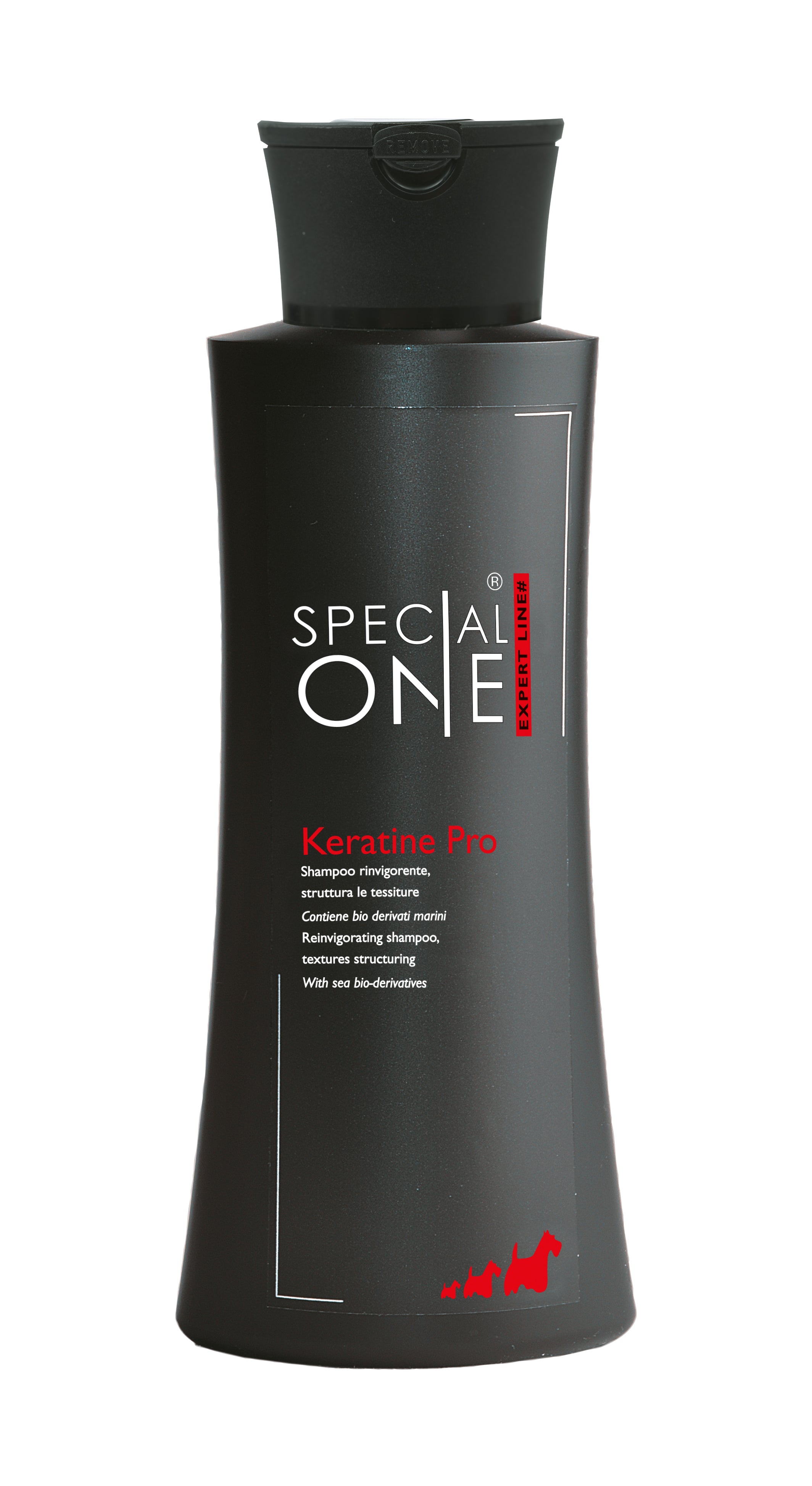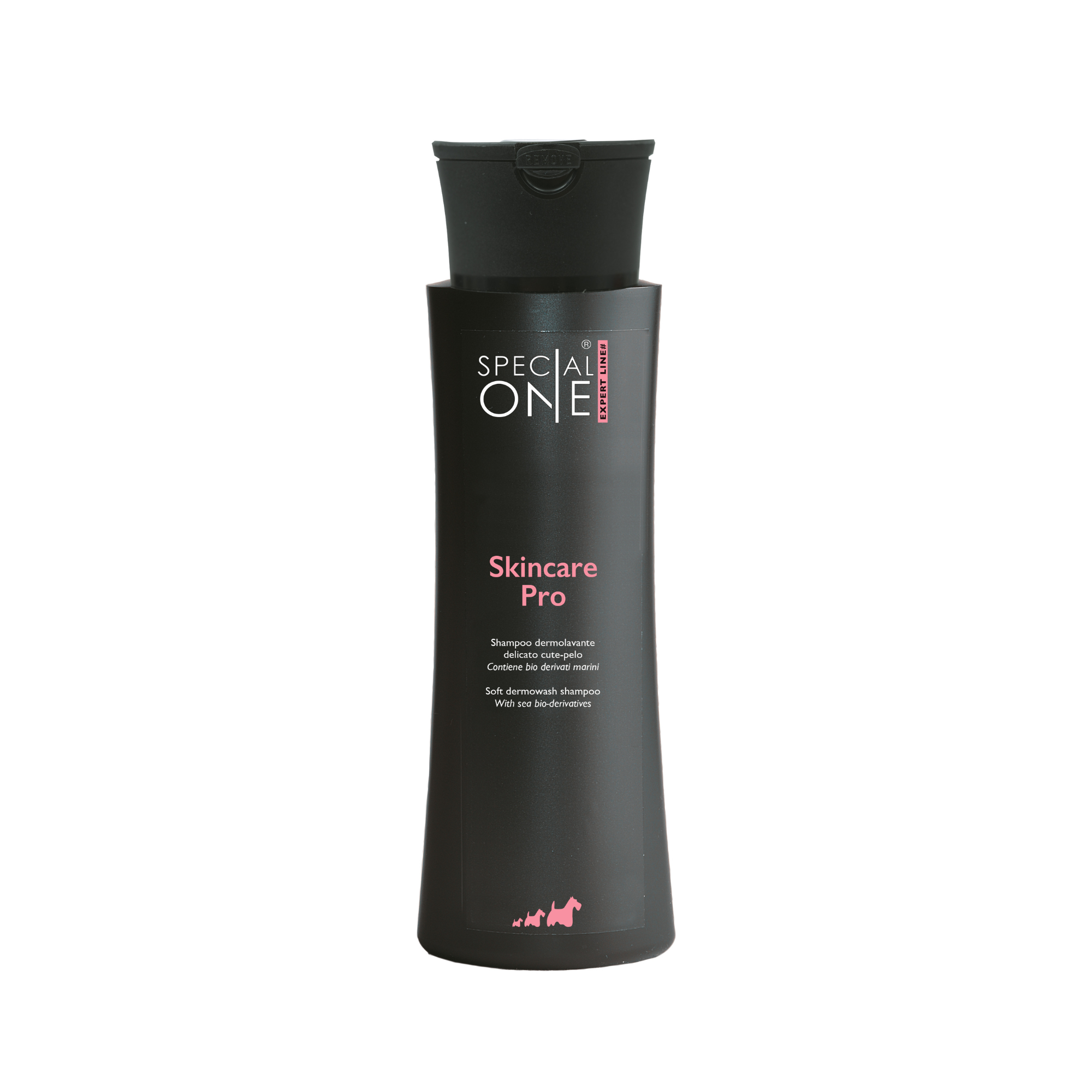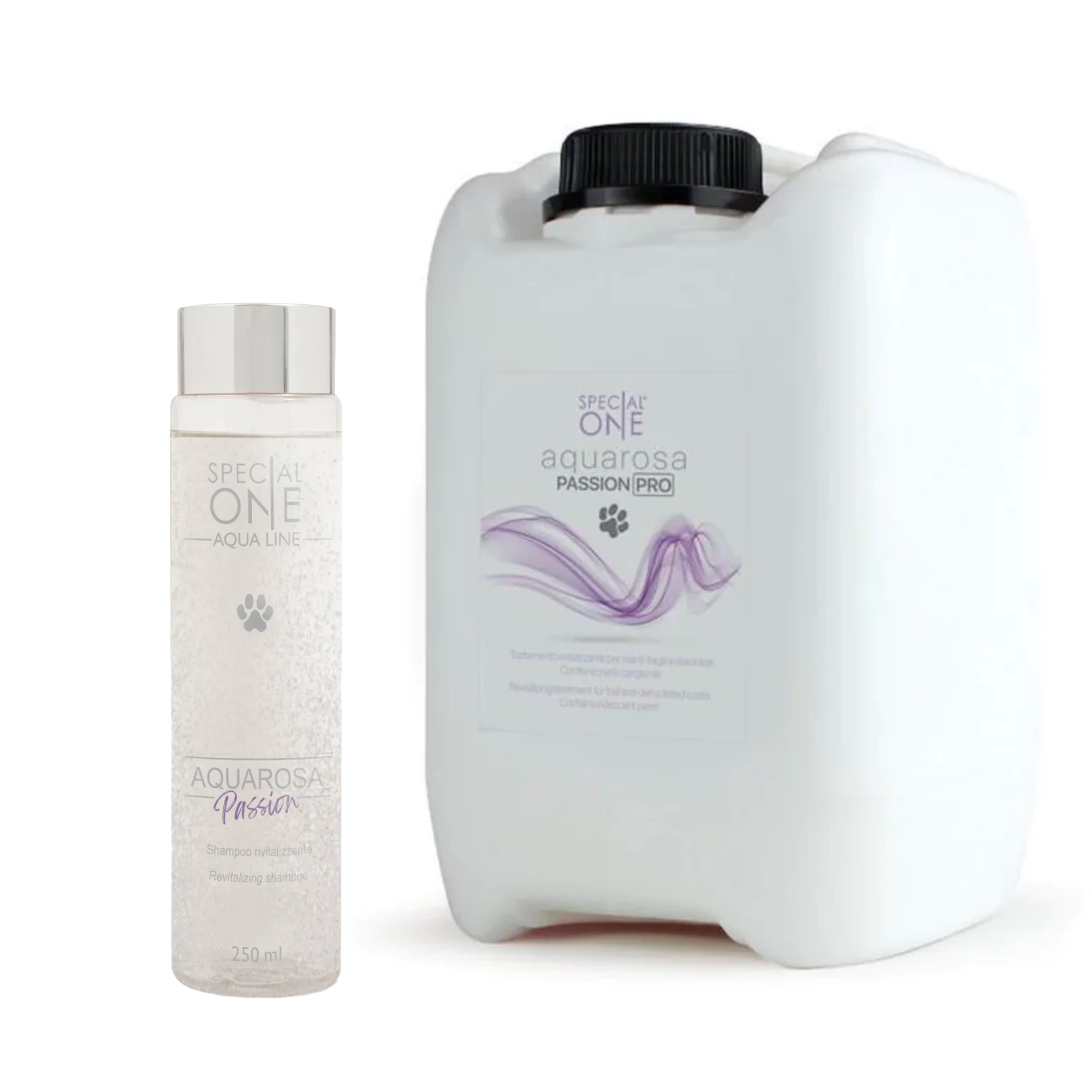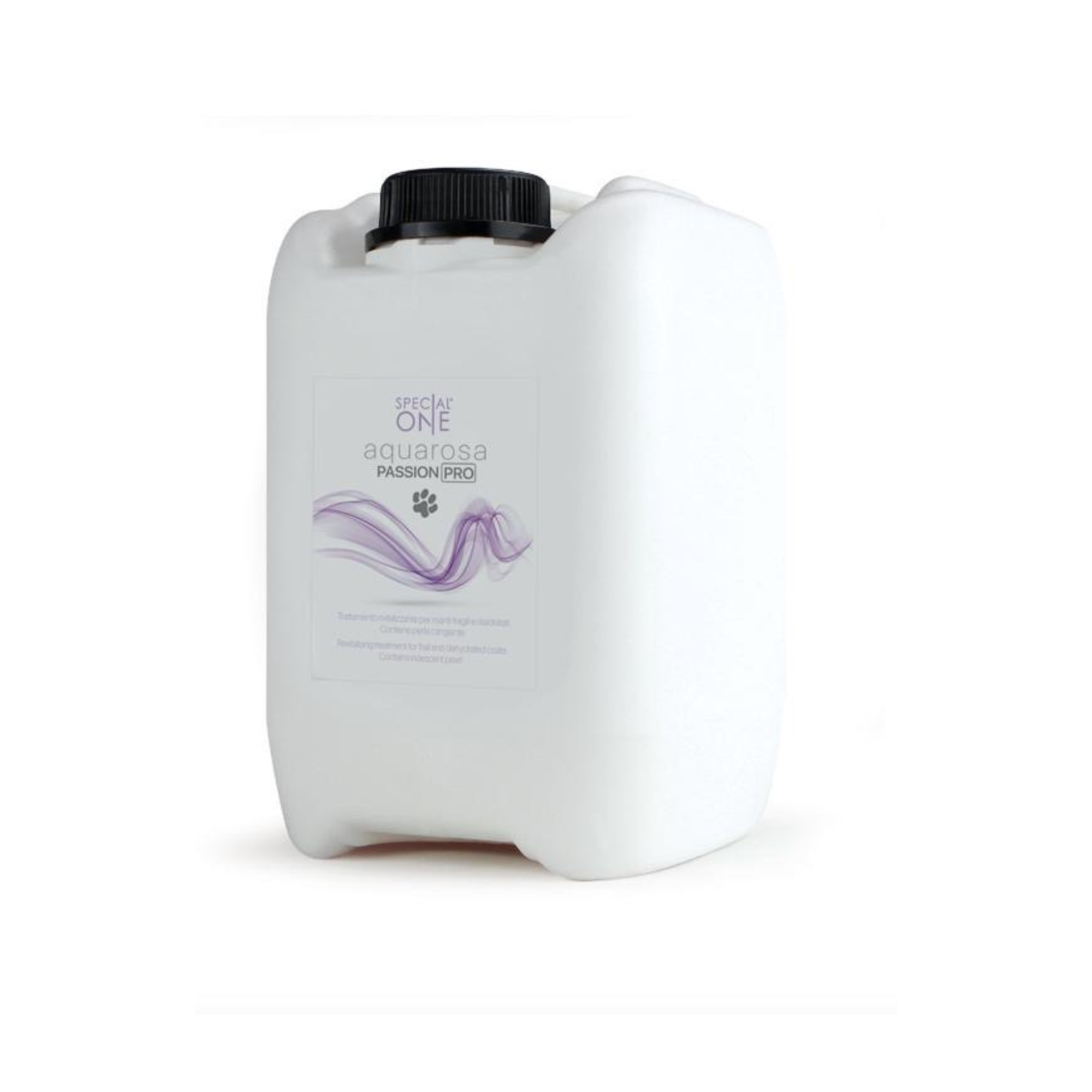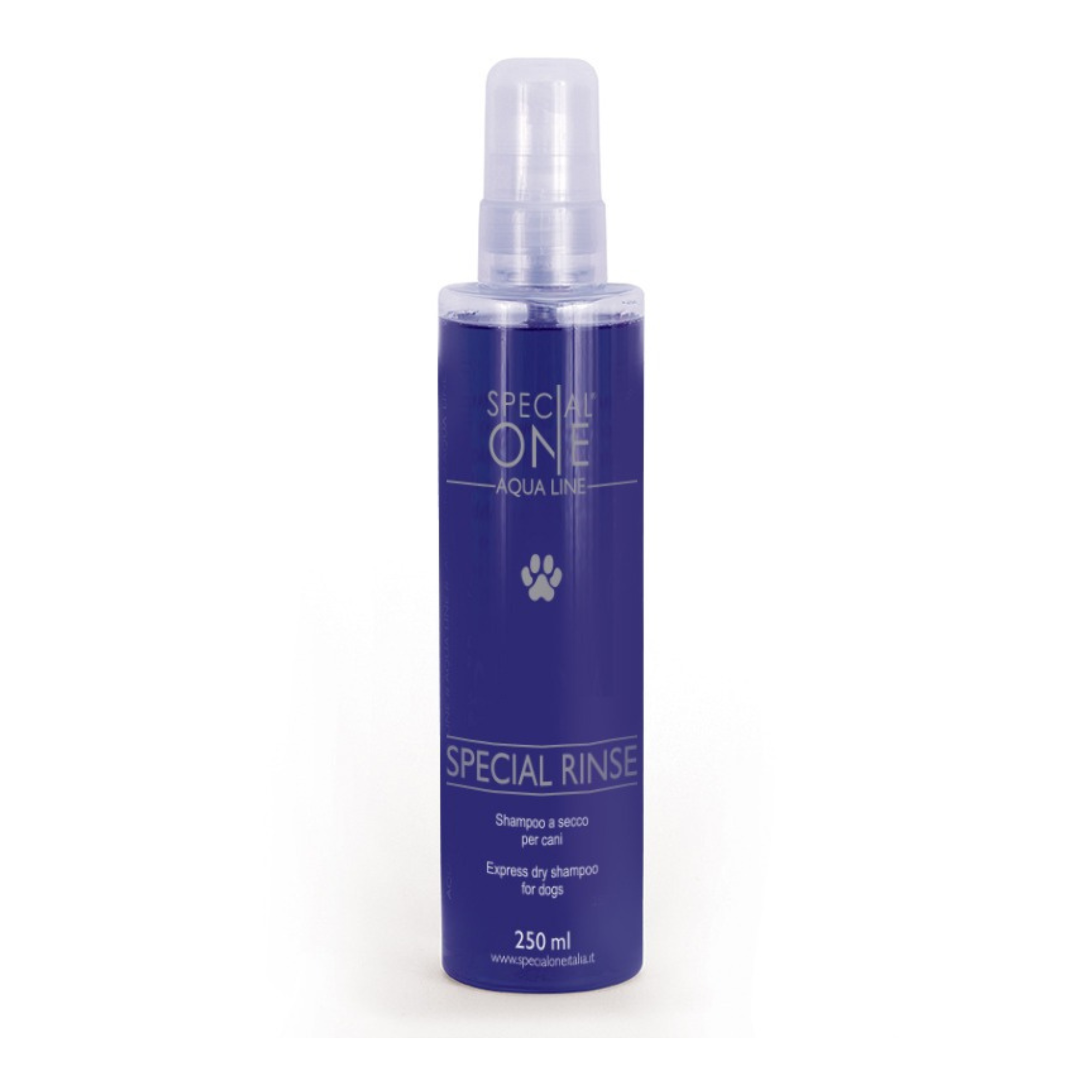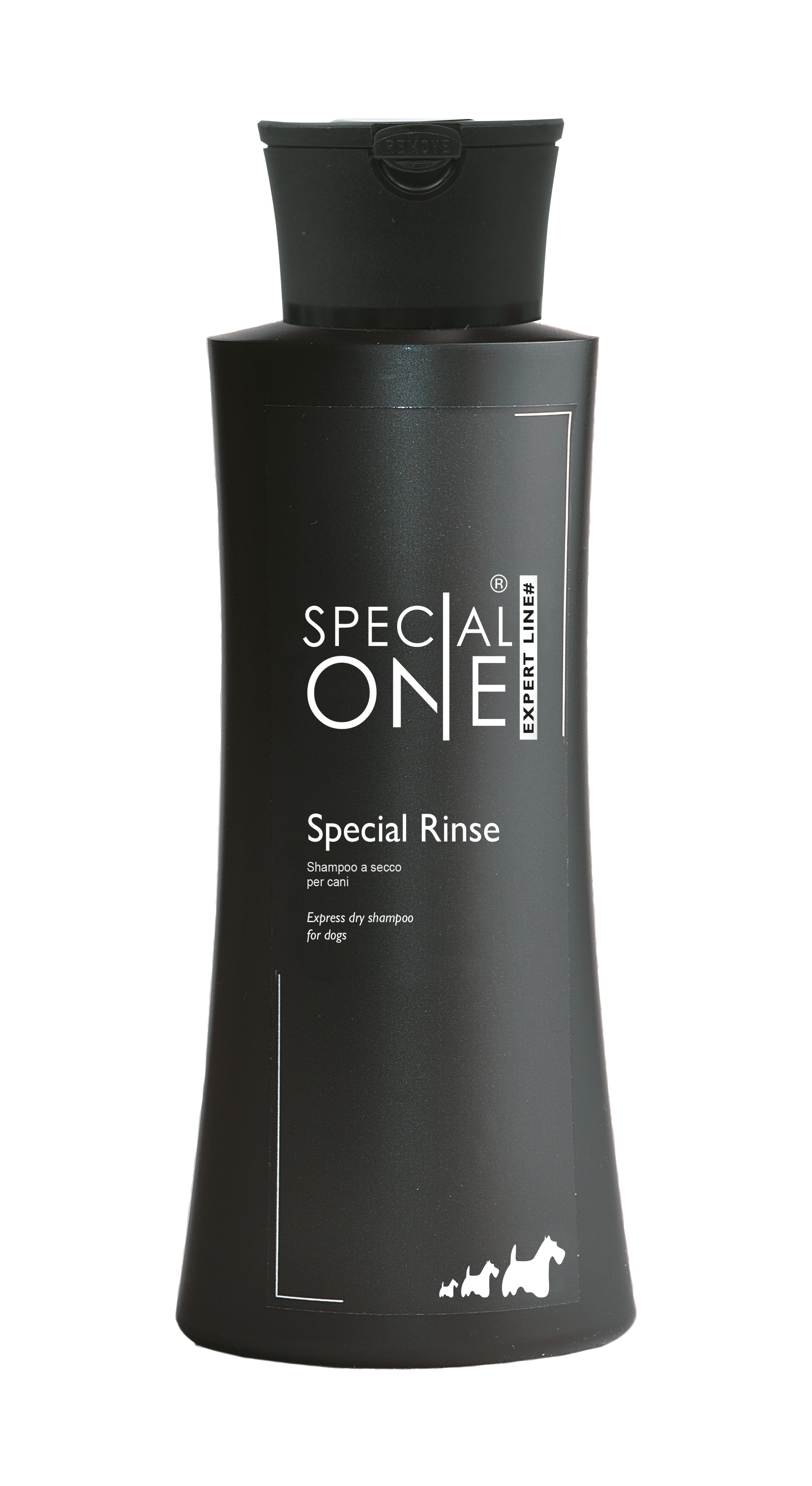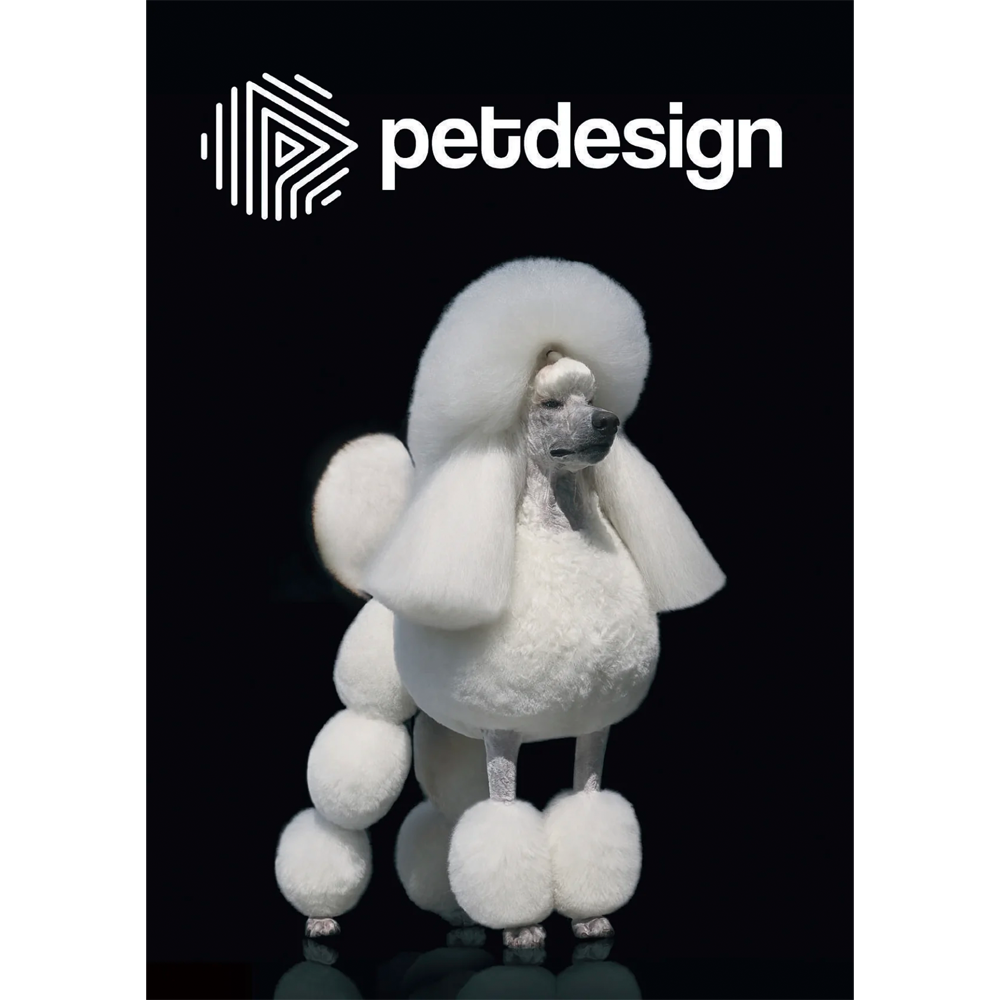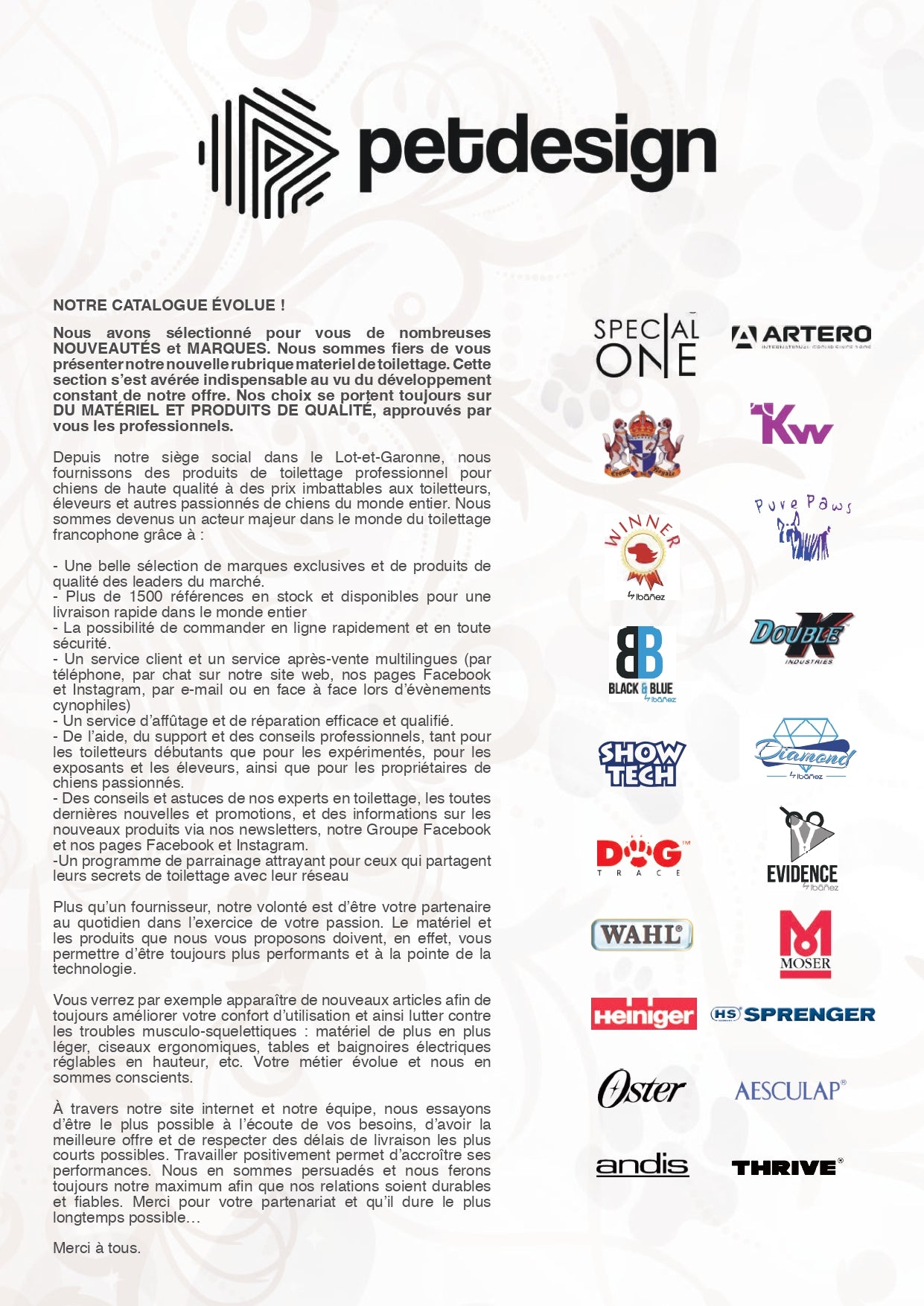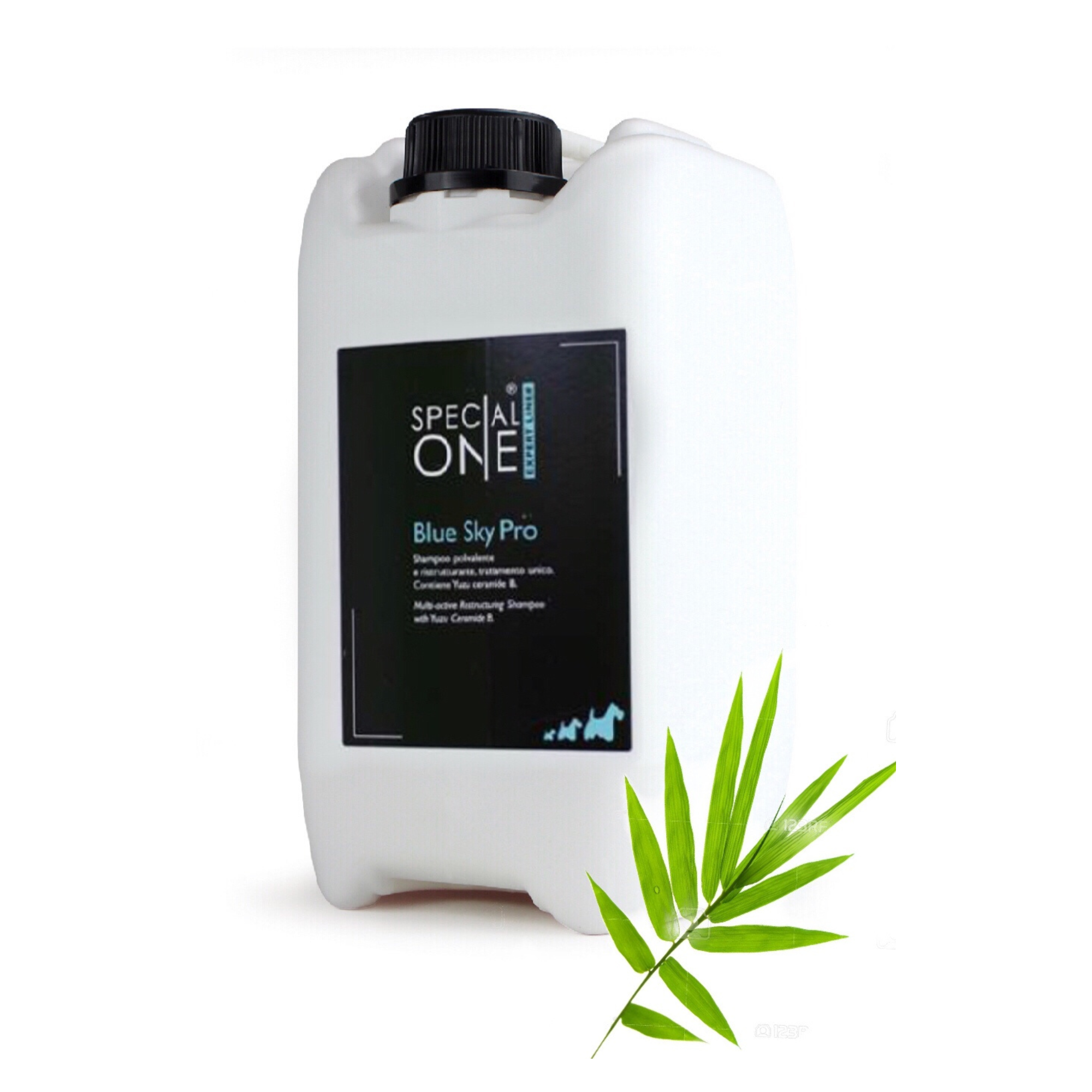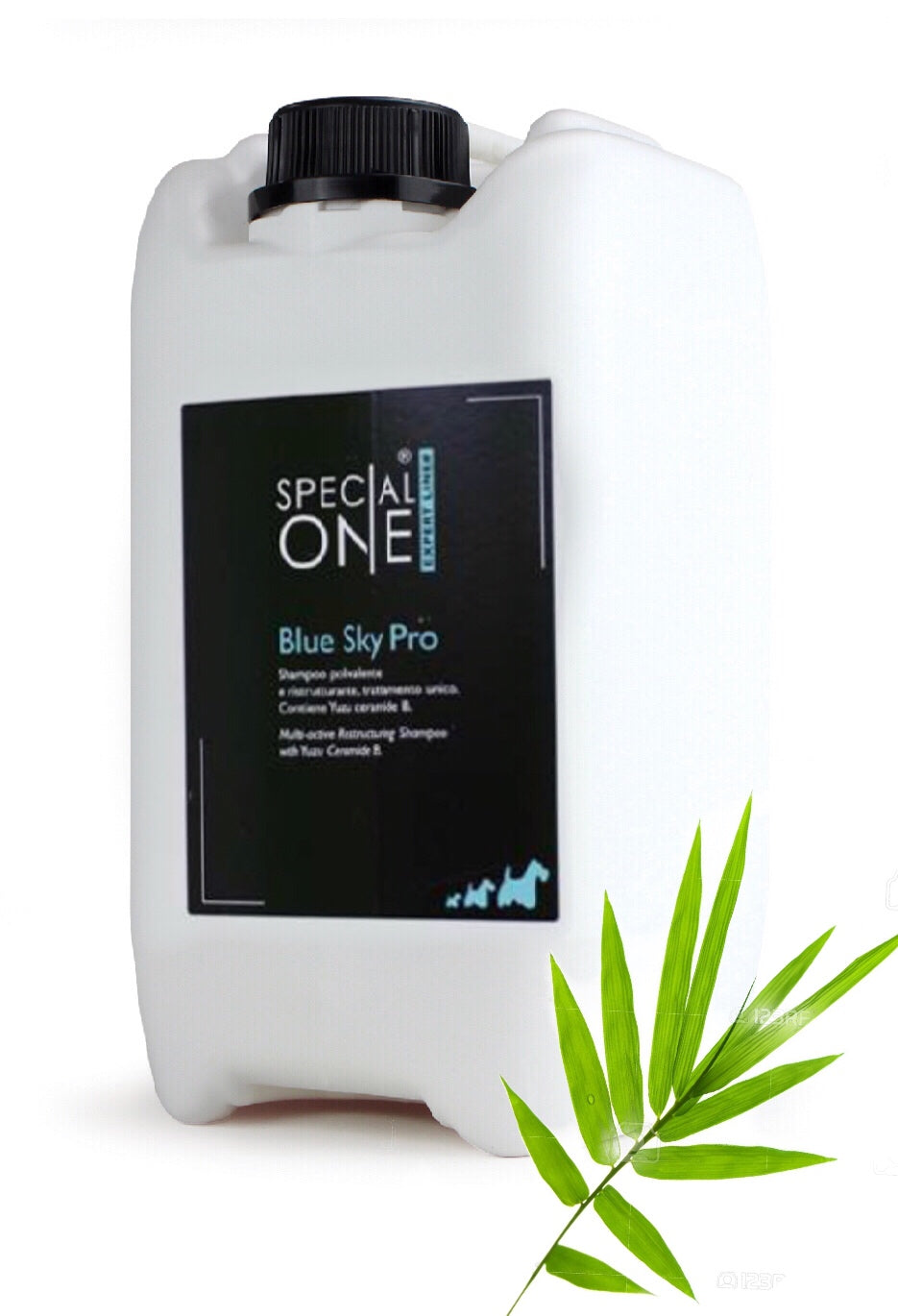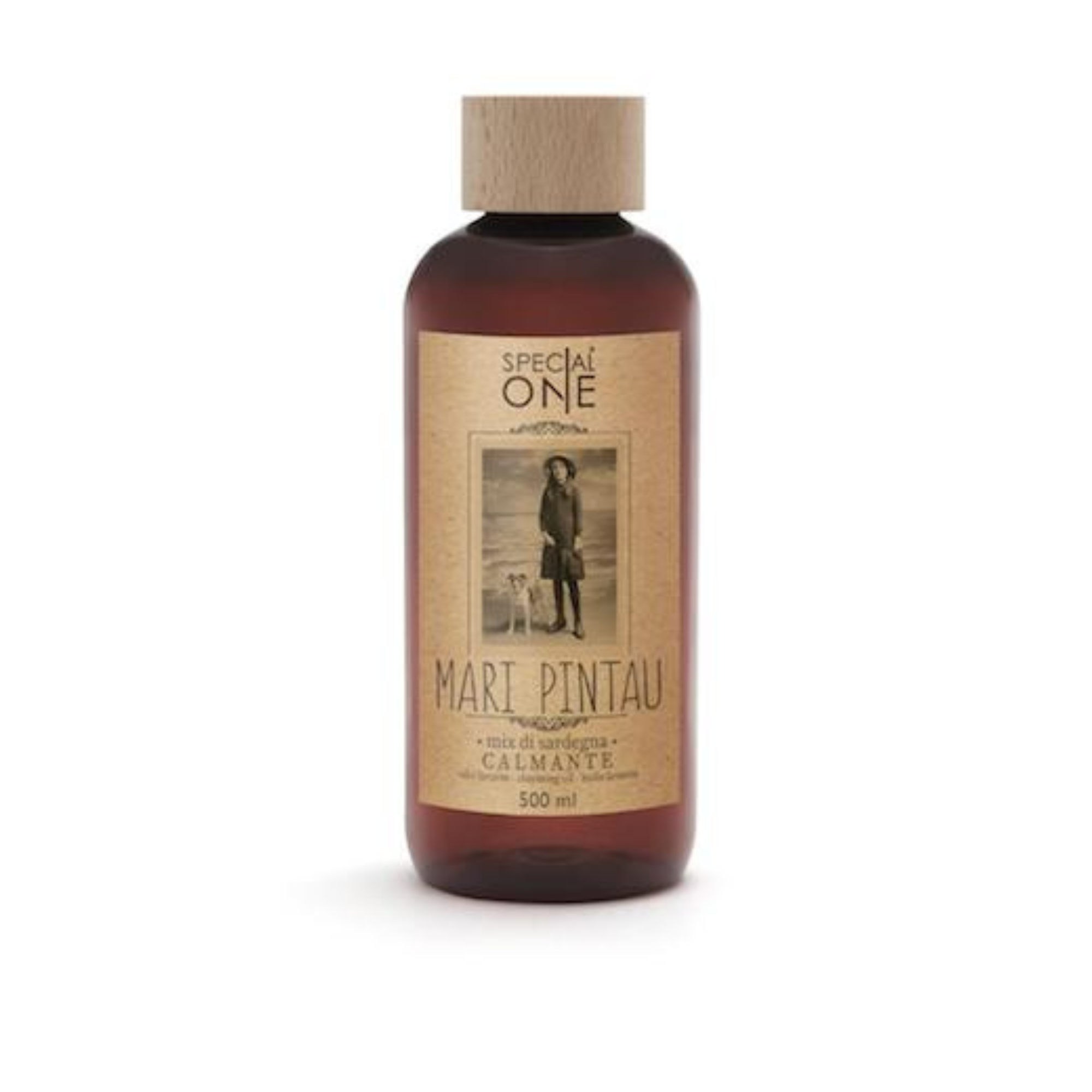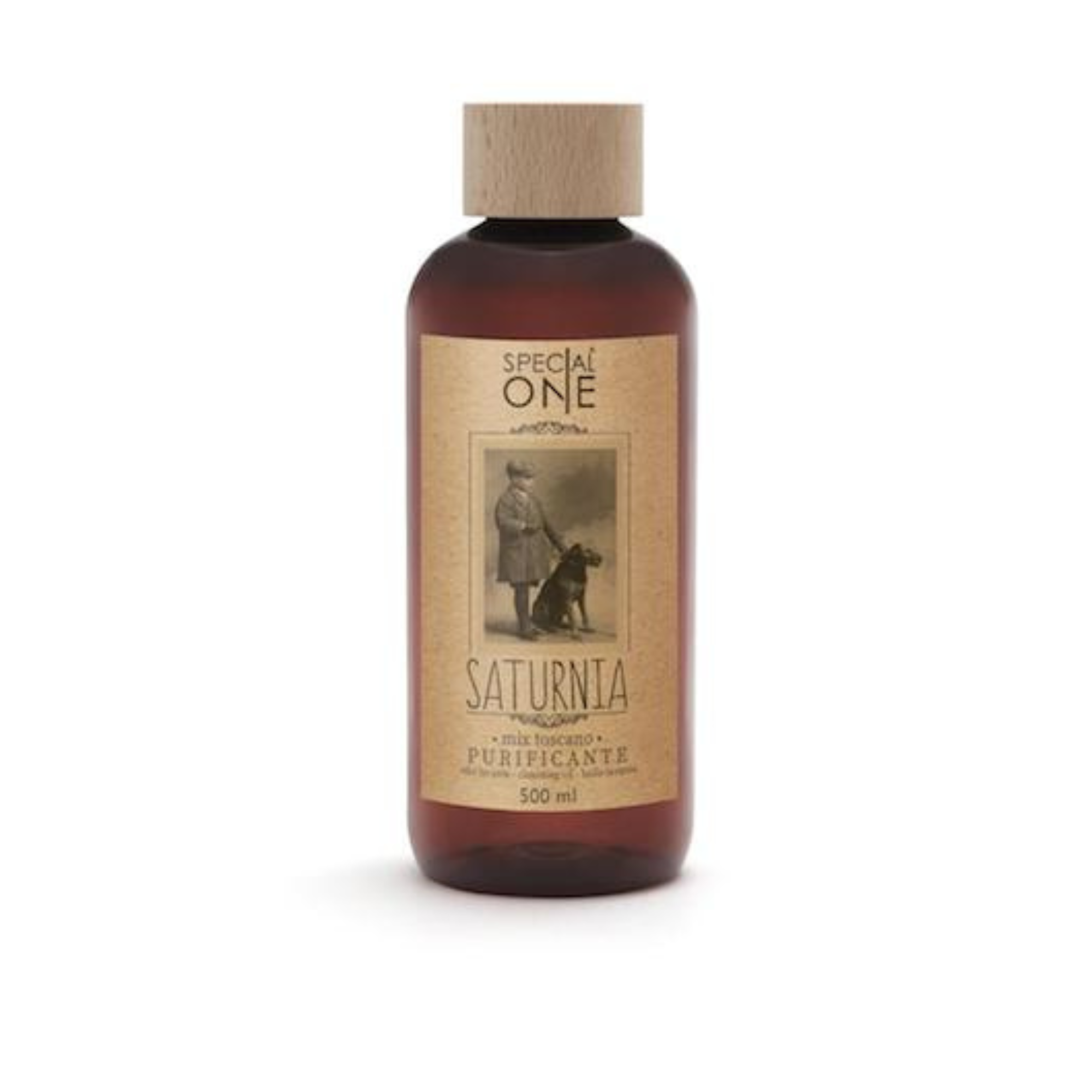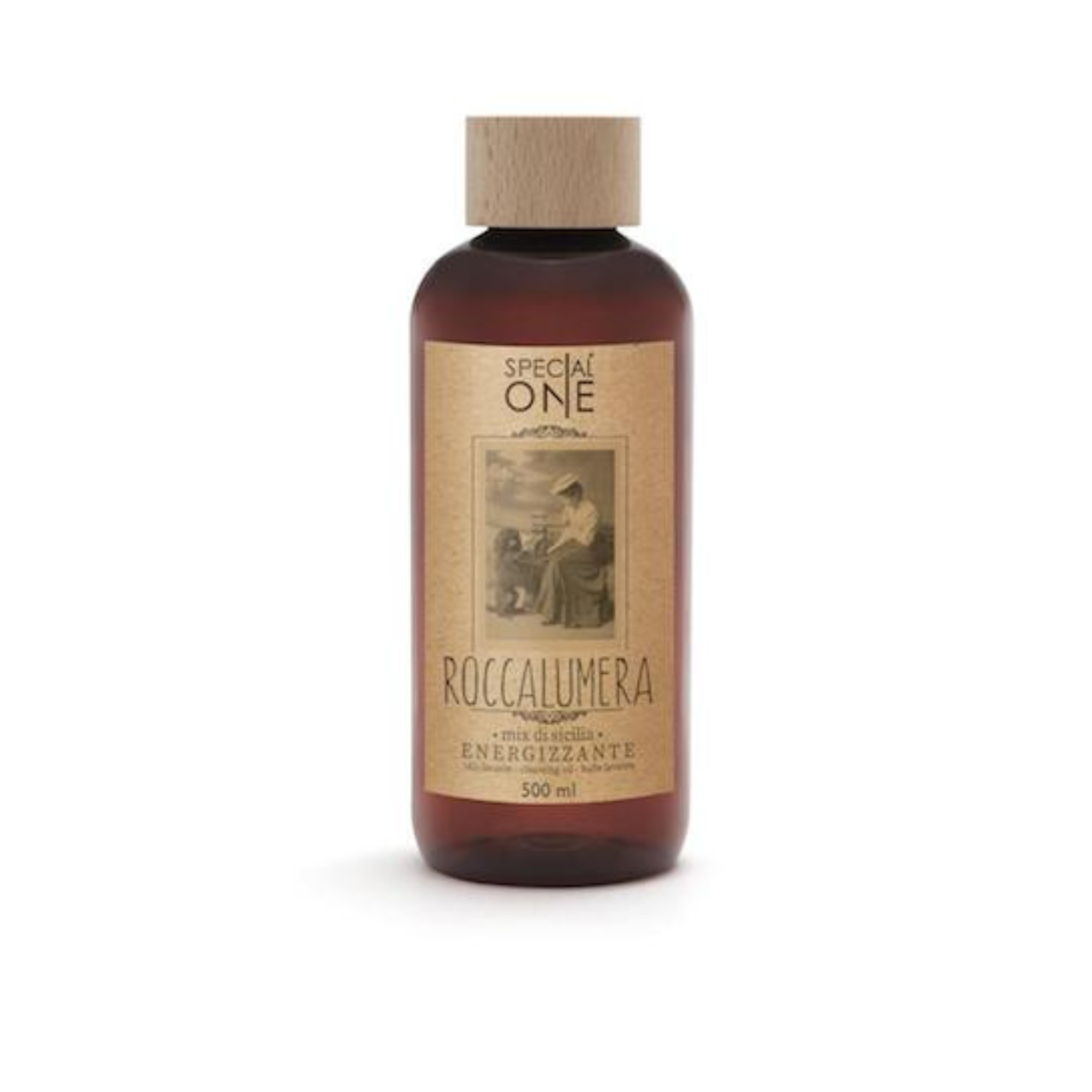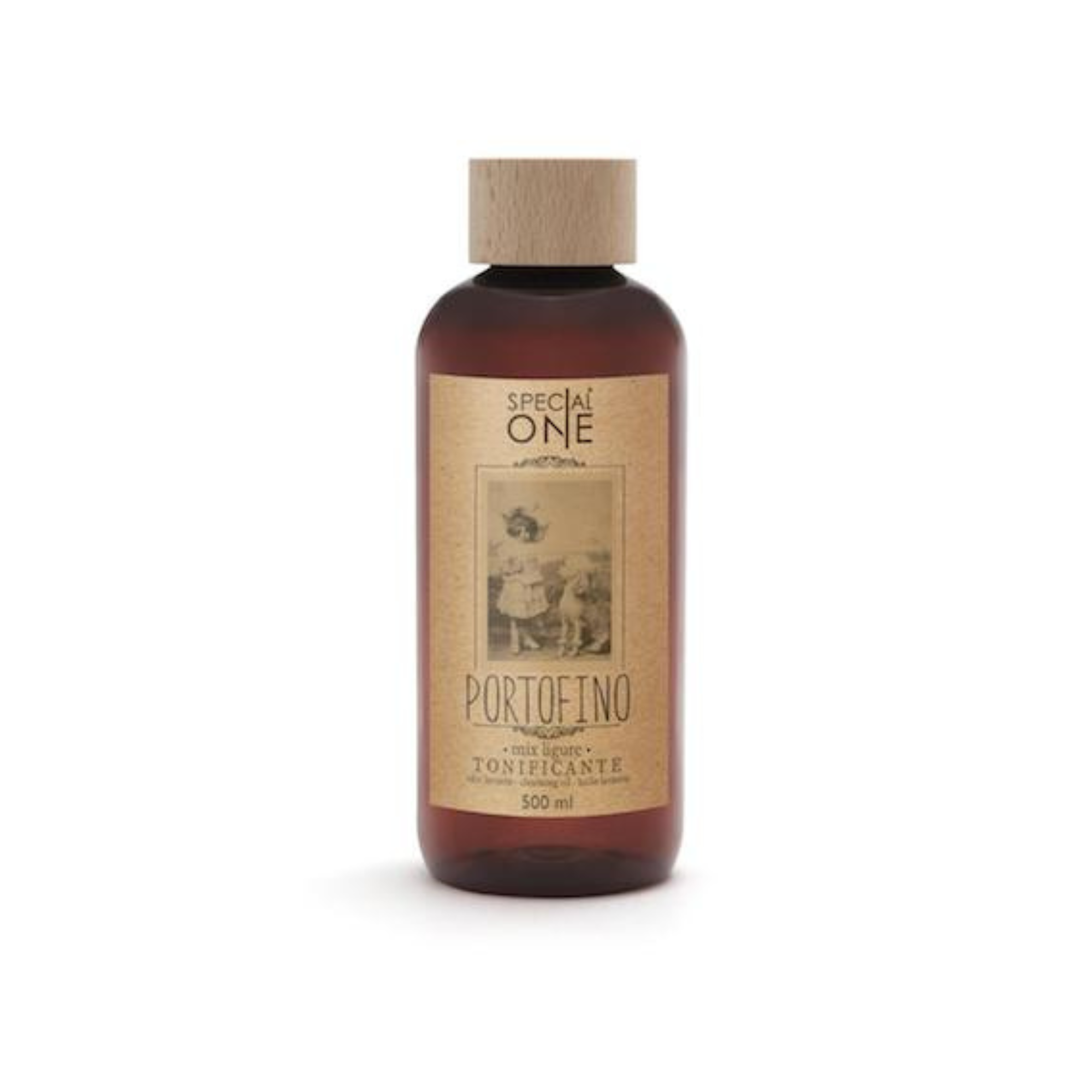Shampoos
Coat care
The moult
Whatever the nature of the dog's coat, the hair dies, grows and is renewed. Dogs living outdoors undergo a moult twice a year (spring and autumn) corresponding to a change in light. Dogs living indoors are less exposed to variations in light: they lose their hair all year round, with two more important periods in spring and autumn. Daily maintenance by brushing and bathing helps rid the coat of dead hair. Depending on the nature of the hair, the frequency and the material are different.
Short hair
Even if the short hair does not require regular maintenance, brushing once or twice a week is necessary. Using a rubber brush against the grain will loosen dandruff and dead hair. To remove these impurities, run a bristle brush in the direction of the hair growth all over the dog's body. Brushing will be complete when the coat has been polished with a damp chamois leather.
The short, harsh coat
Due to the density of the coat (existence of fluff and cover hair), the dog must be brushed every other day. Use a carder against the grain to loosen as much hair and dead cells as possible and to thin out the fluff hair. A bristle brush passed in the direction of the hair growth allows you to remove all the elements previously detached.
A large tooth comb can be used on the hair on the tail and legs. The coats of wire-haired dogs should be thinned 4 to 5 times a year with a thinning knife. It pulls out dead hairs caught between the knife and the thumb. This hair removal is not painful if done correctly, by pulling in the direction of the hair growth.
Long hair
Long hair looks great but requires daily brushing. For Afghan Hounds, for example, it can take up to an hour a day. Brushing in the direction of hair growth with a carder removes knots and fluff hairs. Due to the length of the hairs, the skin can be pulled out by undoing the knots; it must be done gently so as not to hurt the dog.
For dogs with a silky coat (Yorkshire terrier, Afghan Hound ...), the use of a bristle brush allows the coat to shine.
For dogs with abundant undercoat (Scottish Collies ...), impurities can be removed with a wire brush.
A comb with coarse teeth finishes untangling the hairs behind the hocks. A pair of scissors makes it possible to equalize the length of the coat and to eliminate the hairs which will most often form knots and keep the impurities (hocks, chest, interdigital spaces and pads). After each use, the instruments should be cleaned and stored in a dry place. To prevent the metal brushes from rusting, dry them well and rub them with a cloth coated with vegetable oil.
Sort by
Filters

